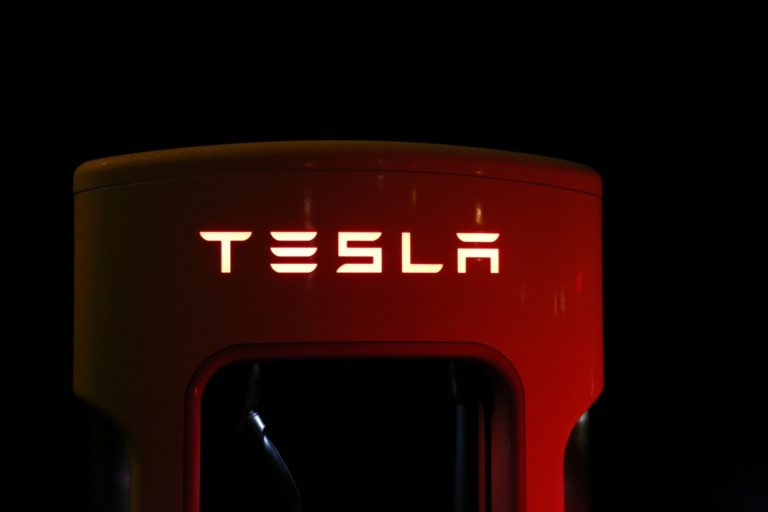Any vehicle propelled by an electrical energy source is an electric vehicle (EV). The electrical energy source can be a battery, fuel cells, or solar panels. The key is that it is portable and refillable. Propulsion of EVs can be provided by various types of drive-trains as well. The most common type of electric vehicle is the car, which has an electric motor that turns the wheels. However there are other forms of electric propulsion. Such as drones, planes and boats that use propellers. Another new form of electric propulsion is ionic wind, which is a promising way to move future air and space craft.
As you can see electric vehicles have a bright future in the transportation sector, and this is a positive trend for the environment as electric vehicles can be propelled by renewable energy. Sales of electric vehicles are growing while gross car sales are diminishing. The main difference between electric cars and fossil fuel powered cars is the drivetrain. The electric drivetrain is very efficient compared to the mechanical drivetrain of an internal combustion engine (ICE) vehicle. In fact the combustion engine concept is a better heater than a motor. It is that inefficient.
If combustion vehicles are so inefficient, why did they become so predominate? In fact it is interesting to note that the first cars were electric. At the turn of the 20th century there was an intense competition between various types of vehicles. Even steam engine cars were produced. Period electric vehicles had a significant handle cap when it came to range. The batteries used at the time did not have nearly the energy density of a fuel tank. This limited range and with the advent of mass production ICE vehicles became cheaper than there electric counterparts. What we did not know at the time was the environmental impact this would have on the planet. The transportation sector is the largest contributor to greenhouse gas emissions. Therefore many cities are mandating that most vehicles will need to meet stricter emission standards, or will have to be zero emission.
This makes EVs suitable for many applications. Low running costs and zero local emissions make them ideal for city commuter or last mile delivery vehicles, granted you have a place to charge them. The battery and motor make up the heart of the electric car. Now a day’s most electric vehicles use lithium-ion batteries which can store a lot more energy than other type’s batteries. However even the latest battery technology cannot compare to the energy density of fossil fuels. This limits the range of EVs. Even if the electric motor is more efficient than the ICE. The motor converts electrical energy to mechanical rotational energy to the wheels via the transmission. Because the elector motor can deliver close to full torque at all speed, only a single gear transmission is required. This eliminates the need for shifting gears and reduces both complexity and energy losses. The electric motor also acts as a generator during regenerative braking. This process uses the momentum of the vehicle to run the motor in reverse, which correspondingly creates electricity that can be stored in the vehicles battery.
To control these electrical systems the EV will use a battery management system and several power electronic converters. The vehicles’ charger is one of these power converters. It works much like your phone charger but can handle much higher voltages and powers. And the lithium-ion battery technology also came from the development of the smart phone. Besides the fact that they have wheels, EV have more in common with your smart phone than they do with combustion vehicles. When one considers that combustion vehicles are still improving and becoming more efficient after nearly a century of mass production. And how far smart phones have come in recent years. I am optimistic that that we are only at the beginning of the mass production of EVs. And many more improves and applications for EV will be developed in the near future.


